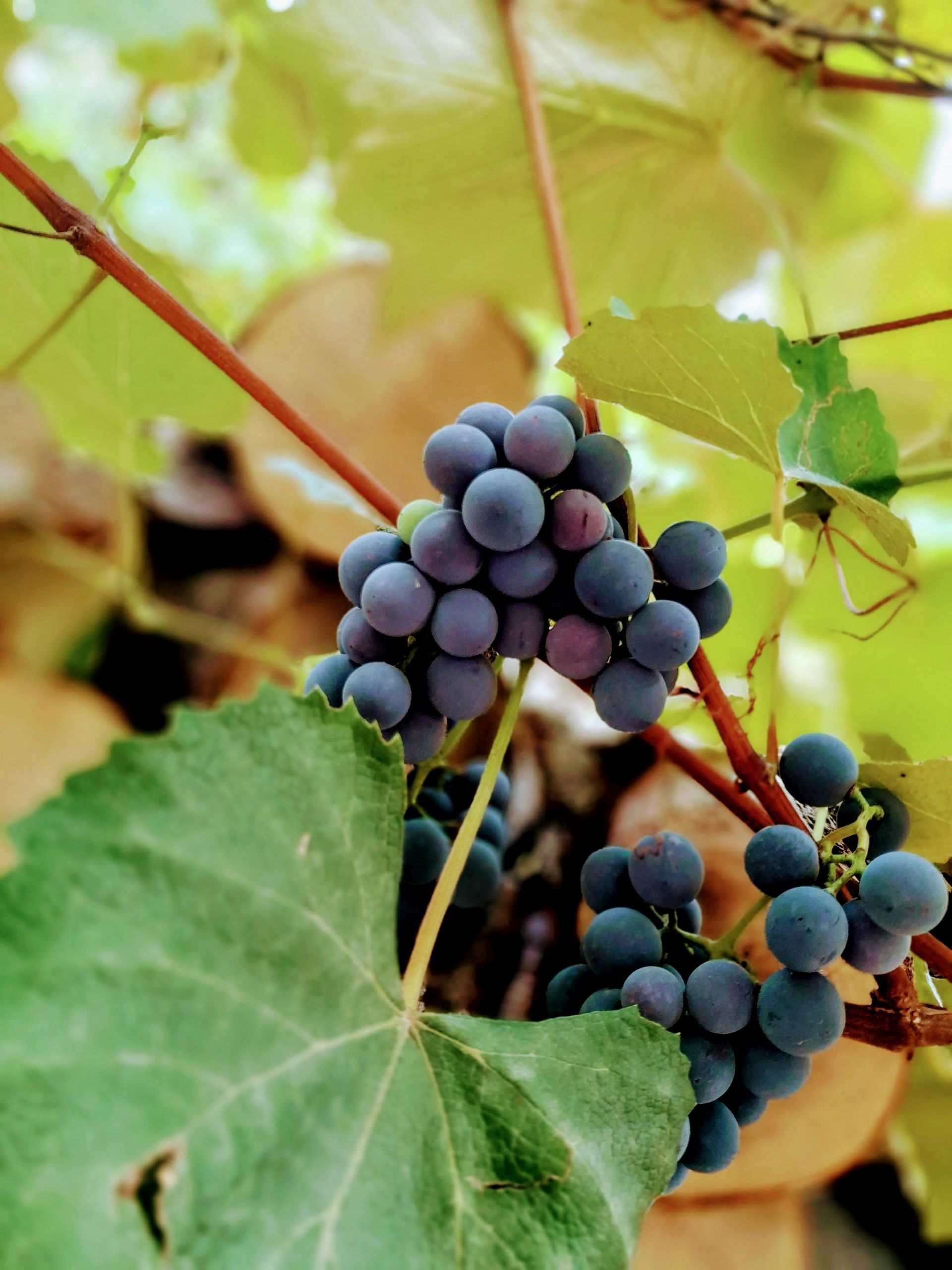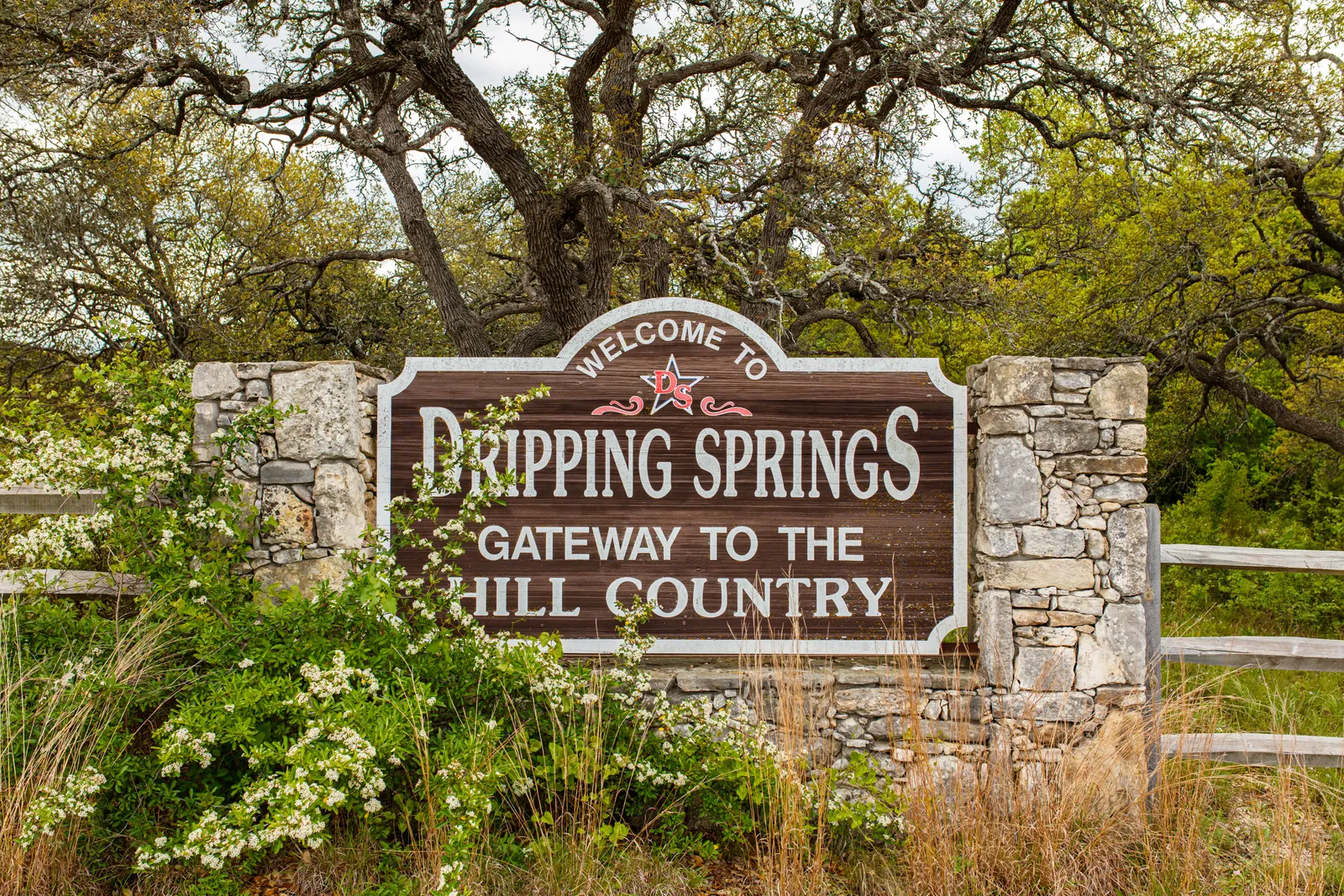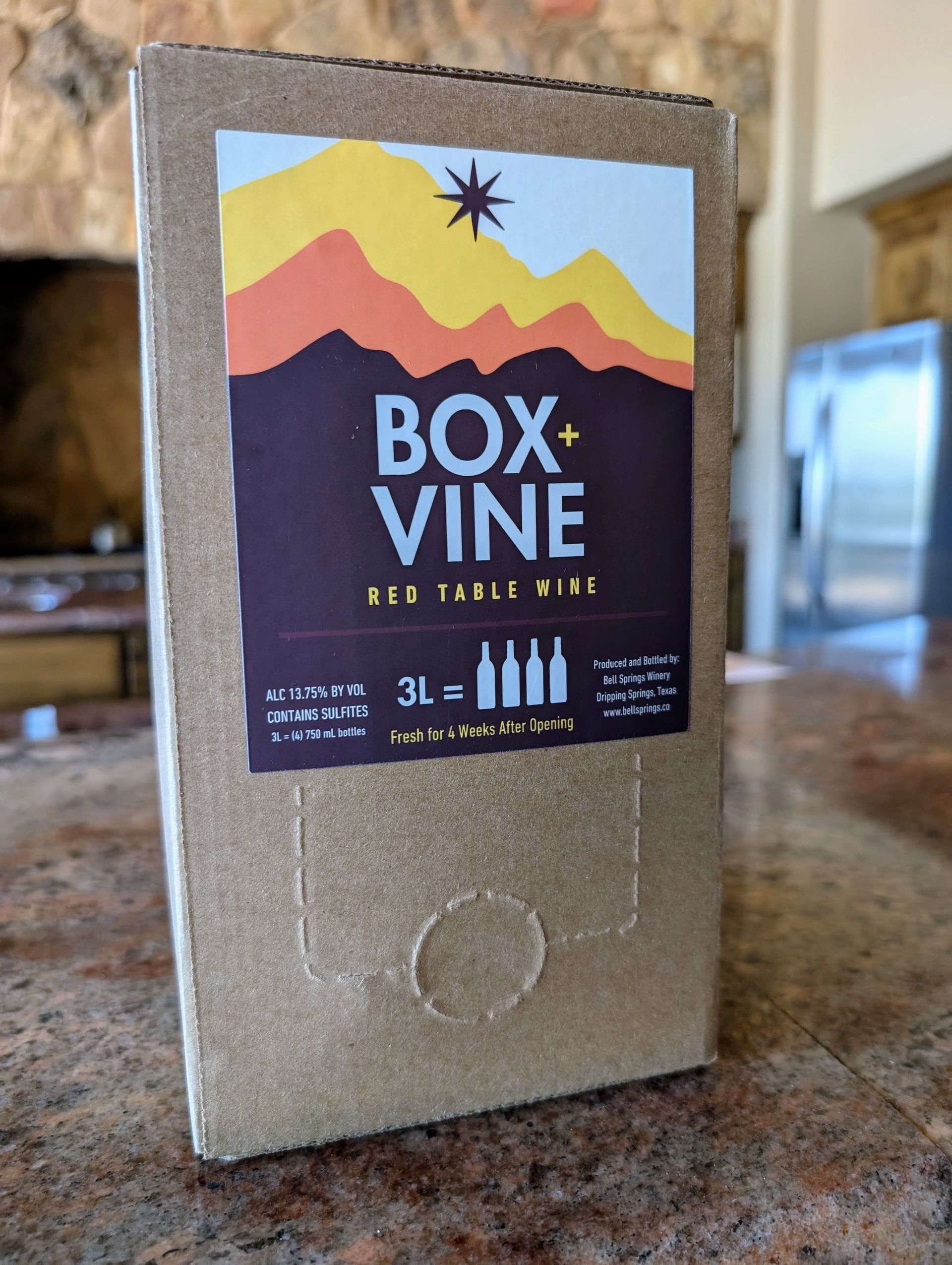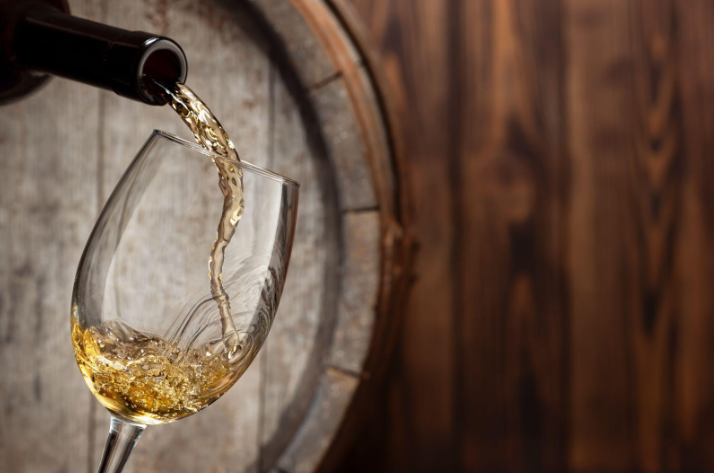Article

Texas wine is really having a moment, and it's pretty cool to see. Forget what you thought you knew, because things are changing fast. We're seeing new wineries pop up, interesting grapes being grown, and a real focus on making good wine that also respects the land. If you're curious about what's happening in the Texas wine scene right now, you've come to the right place. We're going to break down some of the latest Texas wine trends that have people talking.
Key Takeaways
- Texas wineries are growing, with new places opening up and established ones making waves.
- Certain grape types, like Rhône varietals and Spanish grapes, are doing really well in Texas.
- There's a growing interest in how wineries are farming, with more attention on sustainable and organic methods.
- The Texas wine industry is looking ahead, with new tech and ways to experience wine tourism.
- Regions like Dripping Springs and Driftwood are becoming popular spots for wine tasting.
The Rise of Texas Wineries
The Texas wine industry has really taken off in recent years, and it's pretty exciting to see. What started as a niche interest has blossomed into a full-fledged sector with a growing number of Texas wineries popping up all over the state. It’s not just about quantity, though; the quality is seriously improving too. Many wineries are focusing on specific grape varietals that do well in the Texas climate, and you can find some really interesting wines being produced.
Key Grape Varietals Dominating Texas
When you think about Texas wine, a few grapes immediately come to mind. Tempranillo has become a real star, showing off its ability to handle the Texas heat and produce rich, flavorful reds. You'll also find a lot of success with Spanish varietals like Mourvedre and Graciano, which seem to thrive here. On the white wine front, Vermentino and Trebbiano are making waves, offering crisp and refreshing options. It’s clear that winemakers are getting smarter about what grows best, leading to more consistent and enjoyable wines.
Emerging Sub-AVAs and Their Unique Terroirs
Beyond the general Texas landscape, specific regions, or American Viticultural Areas (AVAs), are starting to get noticed for their unique characteristics. The Texas High Plains AVA, for instance, is known for producing excellent fruit, especially for reds. Then there's the Bell Mountain AVA within the larger Texas Hill Country AVA, which is one of the oldest grape-growing areas and has a reputation for quality. As more research goes into understanding the different soils and microclimates across Texas, we're seeing new sub-AVAs emerge, each with its own story and distinct wine profile. This specialization is a big part of what makes the Texas wine scene so dynamic.
"The dedication to understanding and working with the Texas climate, rather than against it, is a major reason for the industry's growth. Winemakers are experimenting, but they're also learning from past successes and failures to pinpoint the grapes that truly shine in the Lone Star State."
Exploring the Unique Flavors of Texas Wine
Texas wines are really starting to show their personality, and it's exciting to see what's coming out of the state these days. Forget what you might have thought about Texas wine in the past; there's a whole lot more going on than just big, bold reds. We're seeing some really interesting stuff, especially with grapes that might surprise you.
The Growing Popularity of Rhône Varietals
When you think of the Rhône Valley in France, you probably picture Syrah and Grenache, right? Well, Texas winemakers are totally embracing these grapes, and for good reason. They seem to handle the Texas heat pretty well, and the results are often fantastic. You'll find wines with dark fruit, a bit of spice, and a nice structure that makes them great with food. It's not just about making wine that tastes like France, though; it's about making wine that tastes like Texas, with these grapes as the vehicle.
Unexpected Successes: Italian and Spanish Grapes
Beyond the Rhône, Texas is really shining with Italian and Spanish varietals. Think about Tempranillo, a Spanish grape that's become a real star here. It often shows notes of cherry, leather, and sometimes a bit of tobacco. Then there's Sangiovese, the heart of Chianti, which can produce some really bright, food-friendly wines in Texas. Even Vermentino, an Italian white grape, is showing up with zesty citrus and tropical fruit notes that are perfect for a warm day. It's clear that these Mediterranean grapes have found a happy home in the Texas soil.
Here's a quick look at some notable examples:
- Pedernales Cellars 2023 Trebbiano: Offers notes of green apple and white flowers, with a clean finish.
- https://www.duchmanwinery.com/ 2023 Vermentino: Bright with lime zest and pineapple, a real crowd-pleaser.
- Spicewood Vineyards 2022 Cabernet Franc: Features dried cherry and black pepper, showing good structure.
"It's fascinating how certain grapes just seem to click with the Texas climate. Winemakers are experimenting, and the state's wine scene is getting more diverse and interesting with every vintage. Keep an eye out for these varietals – they're definitely worth exploring."
Sustainable and Organic Winemaking in Texas

Texas winemakers are increasingly focusing on how they grow their grapes and make their wine. It's not just about the final taste anymore; it's about the whole process. Many are looking at ways to be kinder to the land, which is a big deal for the future of Texas wine.
Innovations in Vineyard Management
When you think about Texas vineyards, you might picture wide-open spaces, but there's a lot of careful work going on behind the scenes. Growers are trying new things to deal with our unique climate, which can be pretty hot and sometimes dry. Some are experimenting with different ways to water the vines, like using drip irrigation more efficiently. Others are looking at cover crops – planting things like clover or vetch between the rows of grapevines. These plants help the soil by adding nutrients and preventing erosion, especially when we get those sudden heavy rains. It's a way to keep the soil healthy without relying so much on chemical fertilizers. This focus on soil health is really key to growing better grapes.
Consumer Demand for Eco-Conscious Wines
People are asking more questions about where their wine comes from and how it's made. They want to know if the winery is using sustainable practices. This means things like reducing waste, conserving water, and avoiding harsh chemicals in the vineyard. Some wineries are even going for official organic certification, which has strict rules about what can and can't be used. It's a way for consumers to feel good about what they're drinking, knowing it was made with the environment in mind. This trend is pushing more wineries to adopt these greener methods. You can even find wineries offering special tours that highlight these practices, like tractor rides through the vineyards, which are becoming quite popular for visitors wanting to see the process up close.
It's interesting to see how these changes are happening. Wineries are finding that these methods not only help the environment but can also lead to better quality grapes. It's a win-win situation, really. As more people become aware of these efforts, we'll likely see even more wineries embracing sustainable and organic approaches in the coming years.
The Future of Texas Wine: What to Watch For
Texas wine is really starting to find its footing, and it's exciting to see where things are headed. We're not just talking about a few wineries anymore; the whole industry is growing and getting more sophisticated. It feels like we're on the cusp of something big, with winemakers experimenting and pushing boundaries.
Technological Advancements in Production
Technology is playing a bigger role in how Texas wines are made. Think about precision agriculture in the vineyards – using data to figure out exactly when to water or fertilize. This helps grow better grapes, especially with our sometimes tricky Texas weather. In the winery itself, new fermentation techniques and better temperature control are making a difference. These aren't just fancy gadgets; they're tools that help winemakers get the best out of the fruit and create more consistent, high-quality wines. It's all about making sure the Texas terroir really shines through.
Expanding Wine Tourism and Experiences
More and more people are discovering the fun of visiting Texas wineries. The Hill Country, in particular, is becoming a real destination. You've got wineries offering not just tastings, but also food, live music, and beautiful views. It’s becoming a whole experience, not just a quick stop. Many wineries are also looking at ways to make visiting easier and more enjoyable, like offering shuttle services or partnering with local hotels. For example, the
Dripping Springs and Driftwood region is a great spot to explore, with several wineries close together and plenty of other attractions nearby. This focus on visitor experience is key to bringing more people into the Texas wine scene.
"The growth in wine tourism is a positive feedback loop: more visitors mean more revenue for wineries, which can then be reinvested into improving vineyards and winemaking. This, in turn, attracts even more visitors, creating a sustainable cycle of growth and quality improvement for Texas wine."
Dripping Springs and Driftwood Wine Tasting Region

When you think of Texas wine country, the areas around Dripping Springs and Driftwood often come to mind. This part of the Hill Country has really become a go-to spot for wine lovers, and for good reason. It’s not just about the wineries themselves, but the whole experience you get when you visit. You can easily spend a weekend here and still feel like you've only scratched the surface.
What’s great about this region is the variety. You’ve got established wineries that have been around for a while, and then there are newer places popping up, each bringing something a little different to the table. Many of these spots are focusing on grapes that do well in Texas heat, like Tempranillo and Sangiovese, but you’ll also find some interesting Italian and Spanish varietals making a splash. It’s a real mix, and that’s part of the charm.
The landscape itself is a big draw, offering beautiful views that make sipping wine even more enjoyable.
Many wineries have outdoor seating, perfect for taking in the Texas scenery. It’s a relaxed vibe, where you can really unwind and appreciate the local wines. Plus, the food scene is growing too, with some wineries offering their own restaurants or partnering with local eateries.
Here are a few things to keep in mind when planning a visit:
- Appointments are often recommended, especially for smaller wineries or during peak times. It’s always a good idea to check their website or give them a call beforehand.
- Consider grouping wineries that are geographically close to each other. This saves time and lets you focus more on tasting rather than driving.
- Don’t be afraid to try different varietals. Texas winemakers are getting creative, and you might discover a new favorite.
Some wineries you might want to check out include those focusing on Spanish and Rhône varietals, as they tend to be quite consistent. You’ll find places that are really dedicated to showcasing what Texas grapes can do, often using fruit from the High Plains AVA or their own estate vineyards. It’s a dynamic area, and the wine here tells a story of the land and the people making it.
"This region is really shaping up to be a significant player in the Texas wine scene. It’s a place where you can experience both the tradition and the innovation happening in Texas winemaking, all set against a backdrop of stunning Hill Country views. It’s definitely worth exploring if you’re looking for a quality wine tasting experience."
Frequently Asked Questions
What kinds of grapes are grown in Texas for wine?
Texas wines are made from many different types of grapes. Some popular choices include Tempranillo, Sangiovese, and Mourvédre, which do well in the Texas climate. You'll also find wines made from Italian and Spanish grapes, and even some French varieties.
Where are the main wine-growing areas in Texas?
The Texas Hill Country is a major wine-growing area, known for its beautiful scenery and many wineries. Other important regions include the Texas High Plains, where a lot of grapes are grown, and areas like Bell Mountain and the Texas 290 Wine Road.
Are there good places to visit for wine tasting in Texas?
Yes, Texas has several wine regions that are great for visiting. Places like Fredericksburg and the areas around Dripping Springs and Driftwood offer many wineries to explore, often with lovely views and places to eat.
Do Texas wineries use sustainable or organic farming?
Some wineries in Texas focus on using eco-friendly methods in their vineyards and during winemaking. This includes careful vineyard management and making choices that are better for the environment.
Why can Texas wines be more expensive?
Texas wines can sometimes cost more than wines from other places. This is because growing grapes in Texas can be more difficult and requires more work, especially with the heat, which makes the grapes more expensive.
What types of Texas wines are popular right now?
You can find a variety of wines, from crisp whites and rosés perfect for summer to rich red wines. Many wineries offer tasting rooms where you can try different wines and learn about what makes them special.
How does the Texas heat affect wine growing?
While Texas is known for its heat, winemakers are finding success with grape types that handle warm weather well, like Spanish and Rhône varieties. They are also experimenting with different grapes to see what grows best.
Is Texas wine getting more popular?
Texas wine is becoming more well-known for its quality. Many wineries are putting out great wines, and people are increasingly interested in trying local Texas wines, supporting Texas businesses, and exploring the unique tastes the state has to offer.
Related Articles
Related Articles



